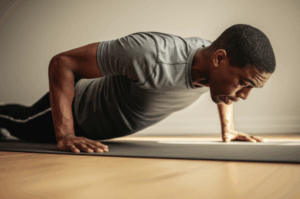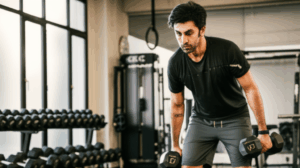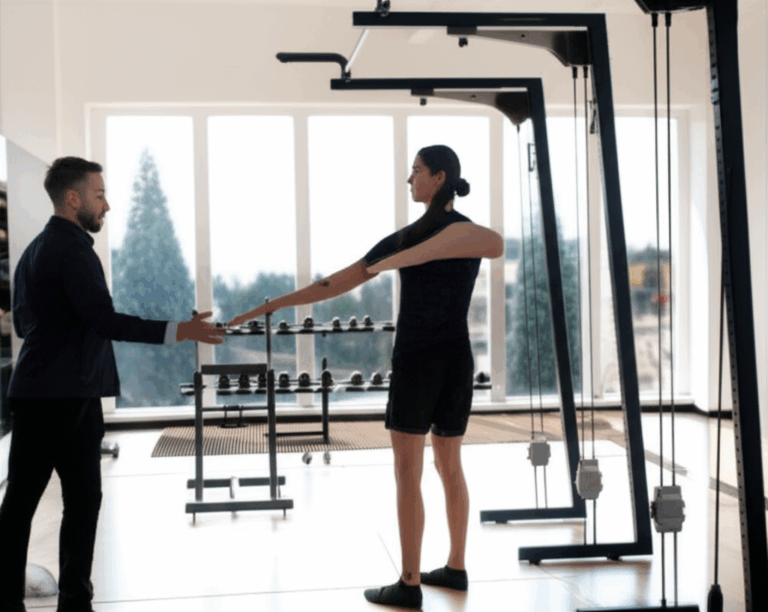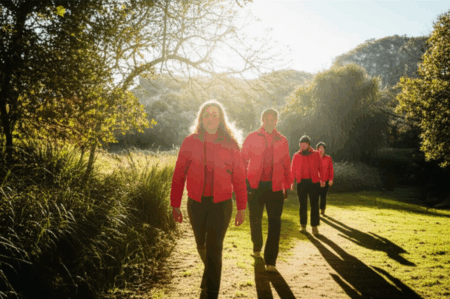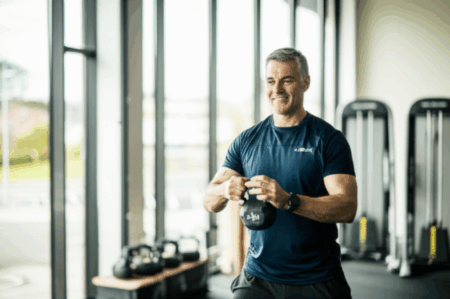Before you attack your next workout, consider this guiding principle from top trainers: “A long muscle is a strong muscle.” This isn’t just a catchy phrase; it’s a fundamental truth that links optimal mobility directly to your strength potential and injury resilience. Skipping your warm-up is tempting when time is tight, but taking a few minutes for a dynamic mobility flow can significantly enhance your performance, improve your range of motion, and protect your body from harm.
By actively preparing your joints and muscles for the demands of exercise, you’re not just limbering up—you’re strategically setting the stage for greater force production and more effective workouts. This full-body mobility flow is designed to do just that, activating your entire kinetic chain to help you unlock untapped strength and move with greater freedom.
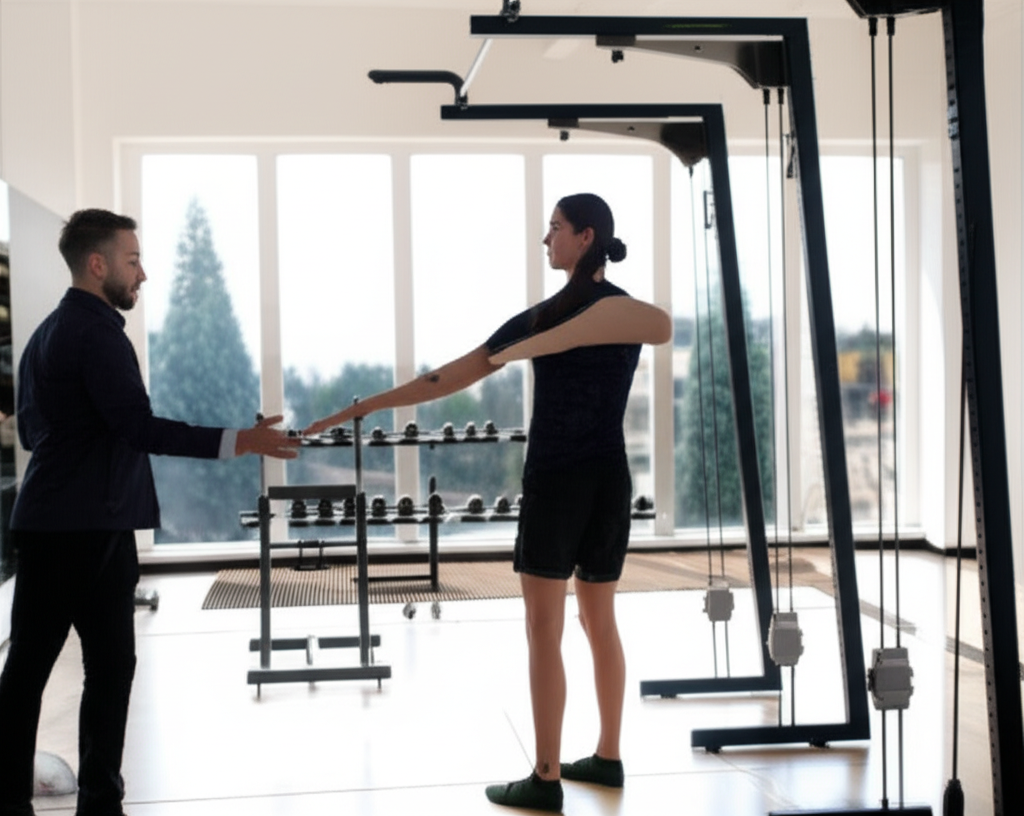
The Science Behind Mobility and Strength
The concept of “a long muscle is a strong muscle” refers to the muscle’s ability to generate optimal force through its full range of motion. Scientifically, this is understood through the “length-tension relationship” of muscle fibers. Muscles produce the most force when they are at an optimal resting length, where there’s maximum overlap between the actin and myosin filaments within the muscle cells. If a muscle is too short (over-contracted) or too stretched, this overlap is compromised, reducing its ability to generate tension and force.
Good mobility ensures that your muscles can operate within this optimal length-tension relationship during exercises. When your joints have a full range of motion, your muscles can lengthen and shorten effectively, engaging more muscle fibers and leading to greater strength gains.
Why Dynamic Mobility Beats Static Stretching Pre-Workout
Many people confuse flexibility with mobility, or static stretching with dynamic warm-ups. While flexibility (the passive ability of muscles to lengthen) is important, mobility is about the active control of your joints through their full range of motion.
For pre-workout preparation, dynamic stretching is superior to static stretching. Dynamic movements:
- Increase Blood Flow and Body Temperature: This helps decrease muscle stiffness and prepares your muscles for vigorous activity.
- Activate Muscles and Nervous System: Controlled movements awaken your nervous system, improve proprioception (body awareness), and enhance the mind-muscle connection, which is crucial for technique and muscle growth.
- Improve Range of Motion: By moving joints through their full natural range, you lubricate them and improve their capacity for movement under load.
- Reduce Injury Risk: Preparing muscles and joints for the ranges of motion they’ll experience during a workout can prevent strains and other injuries.
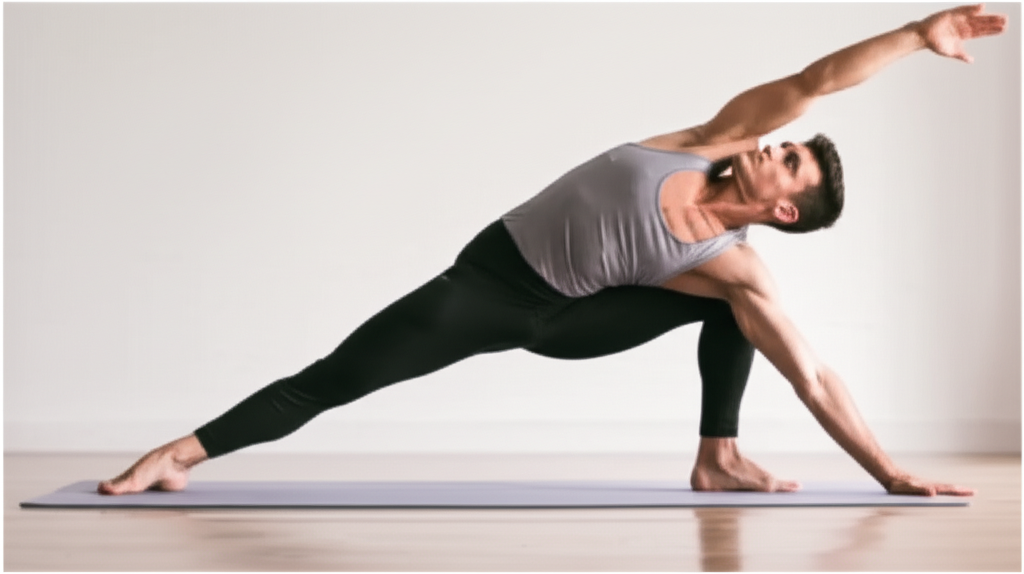
Your Full-Body Mobility Flow for Greater Strength
This dynamic flow targets major joints and muscle groups, preparing your entire body for a challenging workout. Aim for 30-60 seconds per exercise or 8-12 repetitions unless otherwise specified. Focus on controlled, smooth movements rather than pushing to your absolute limit.
1. Arm Circles & Swings
This targets your shoulder girdle, improving shoulder mobility and warming up the chest, shoulders, and upper back.
- Arm Circles: Stand with feet shoulder-width apart. Extend arms out to the sides at shoulder height, palms down. Make small circles forward, gradually increasing the size. After 20 seconds, reverse direction for another 20 seconds.
- Arm Swings: Stand with arms outstretched forward, parallel to the floor. As you step forward, swing your arms in unison across your body, alternating which arm is on top. Keep your torso stable and move only at the shoulders. Repeat for 30-60 seconds.
2. Thoracic Rotations (T-Spine Twists)
Crucial for upper back and spinal mobility, which impacts everything from overhead presses to squats.
- How to: Start on all fours (knees under hips, wrists under shoulders). Place your right hand behind your head. Rotate your torso, lifting your right elbow towards the ceiling, then bring your elbow down towards your left wrist. Repeat 8-10 times, then switch sides.
3. Cat-Cow
A classic for spinal flexibility and warming up the core.
- How to: Begin on all fours. As you inhale, drop your belly towards the floor, lift your chest and tailbone, and look up (Cow pose). As you exhale, round your spine towards the ceiling, tuck your chin to your chest, and pull your navel towards your spine (Cat pose). Flow smoothly between these two positions for 30-60 seconds.
4. World’s Greatest Stretch
This multi-faceted movement opens up the hips, hamstrings, and thoracic spine, while also activating the core and shoulders.
- How to: Start in a high plank position. Step your right foot forward to the outside of your right hand, coming into a deep lunge. Lower your right elbow towards the floor inside your right foot. Then, rotate your torso to the right and reach your right hand towards the ceiling. Hold briefly at each position. Bring your hand back down, step your foot back to plank, and repeat on the other side. Perform 3-5 repetitions per side.
5. Leg Swings (Forward & Side-to-Side)
Excellent for hip mobility, warming up the hip flexors, glutes, and hamstrings.
- How to (Forward & Backward): Stand tall, holding onto a wall or sturdy object for balance. Swing one leg forward and backward in a controlled motion, gradually increasing the height. Keep your core engaged and avoid excessive arching of the lower back. Perform 10-15 swings per leg.
- How to (Side-to-Side): Facing the wall, swing one leg out to the side and then across your body. Keep your hips relatively stable. Perform 10-15 swings per leg.
6. Lateral Lunges
Targets the inner and outer thighs, glutes, and hips, improving lateral mobility.
- How to: Stand with feet hip-width apart. Step your right foot out to the side, bending your right knee and sitting your hips back as if performing a squat. Keep your left leg relatively straight, feeling a stretch on the inner thigh. Push through your right foot to return to the starting position. Alternate sides for 30-60 seconds.
7. Inchworm
A full-body dynamic stretch that warms up the hamstrings, activates the core, shoulders, and chest.
- How to: Begin standing with feet shoulder-width apart. Hinge at your hips and bend forward, reaching your hands towards the floor. Keep your legs as straight as comfortable. Walk your hands forward until you reach a high plank position, engaging your core. Pause briefly, then reverse the movement by walking your hands back to your feet and slowly rolling up to stand. Repeat 3-5 times.
8. Squat to Stand
A foundational movement that warms up the legs and spine, particularly beneficial for hip mobility.
- How to: Stand with feet slightly wider than hip-distance apart. Bend down and touch your toes. Then, keeping your chest up, sit back into a deep squat, pushing your knees out. Hold the squat briefly, then stand back up. Repeat for 30-60 seconds.
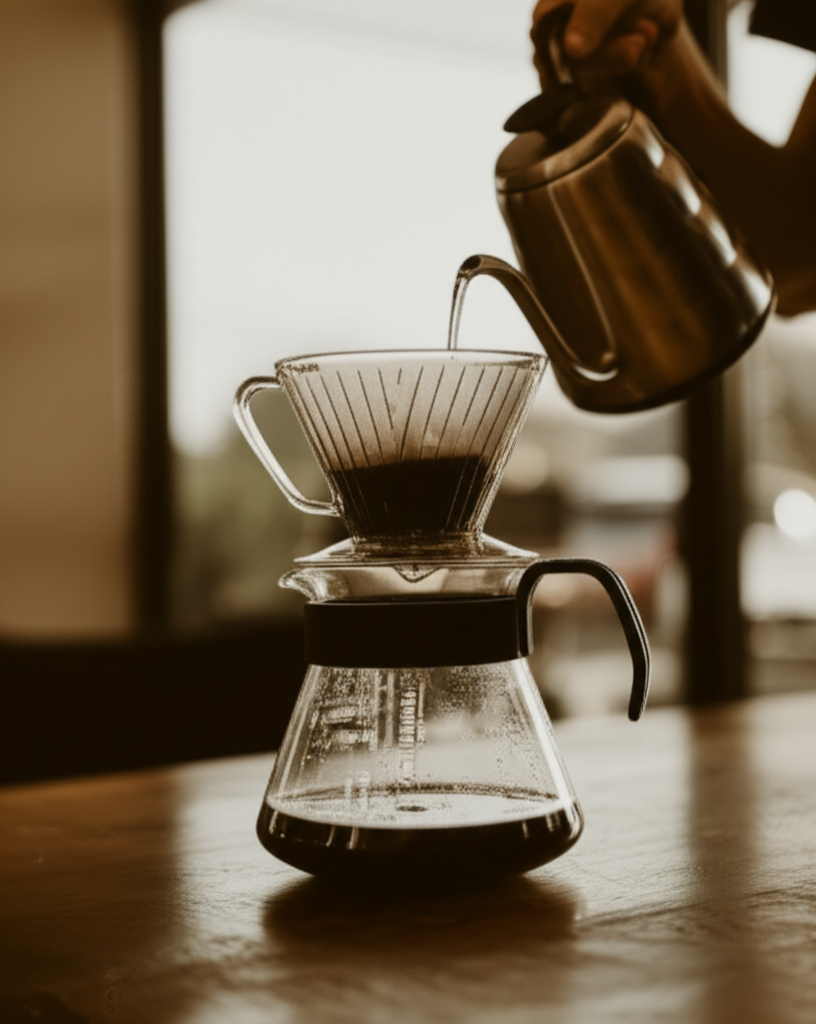
Make Mobility Your Pre-Workout Ritual
Incorporating this full-body mobility flow into your pre-workout routine is one of the smartest investments you can make for your body and your training. These few minutes are not a waste of time; they are a vital preparation that helps you reduce injury risk, activate the right muscles, improve your range of motion, and ultimately, lift heavier and exercise more effectively. By embracing the philosophy that “a long muscle is a strong muscle,” you’re not just warming up—you’re optimizing your body to perform at its peak.


